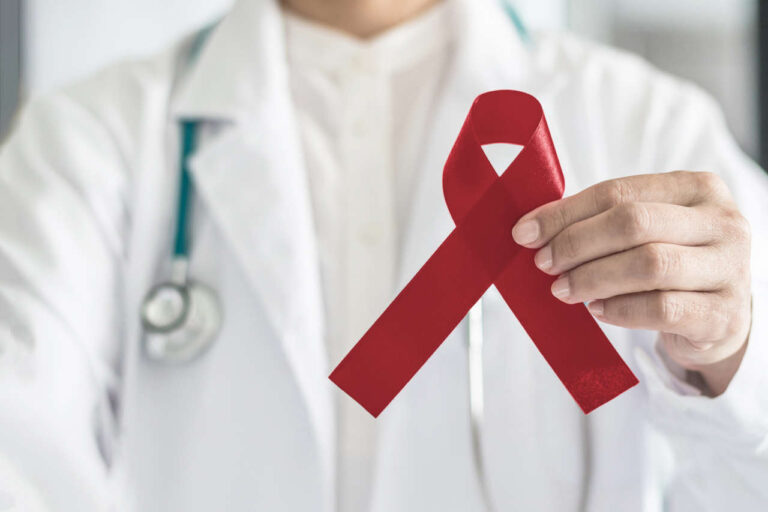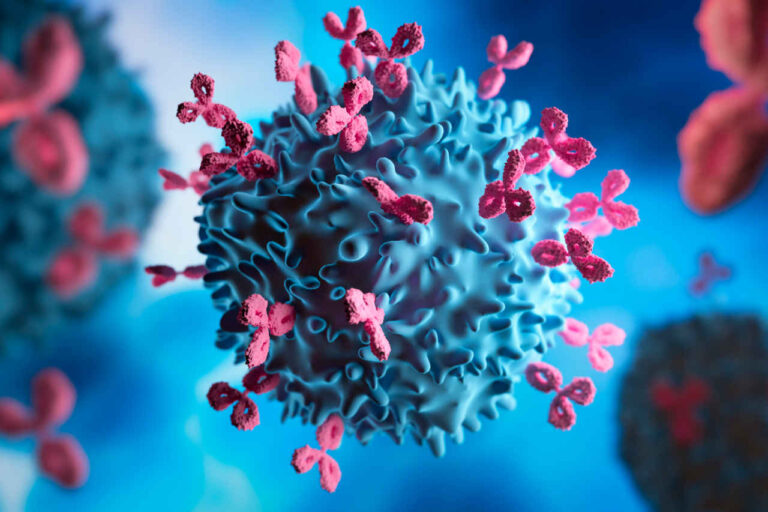
Tasigna (nilotinib) is a chemotherapy medication used to treat certain types of blood cancer in children and adults.
Get Chemotherapy Copay Assistance
Chemotherapy Copay AssistanceWhat Is Tasigna?
Tasigna is a brand-name prescription chemotherapy medication. It is a member of a family of chemotherapy medications known as kinase inhibitors.
What Is Tasigna Used To Treat?
The FDA has approved Tasigna to treat:
- Certain types of blood cancer (Philadelphia chromosome-positive chronic myeloid leukemia/Ph+ CML) in adults and children ages 1 year and older who have recently been diagnosed.
- Ph+ CML in adults who failed to improve with imatinib (Gleevec) or experienced severe side effects requiring discontinuation of imatinib (Gleevec).
- Ph+ CML in children 1 year or older who failed to improve with other tyrosine kinase inhibitor (TKI) therapies or experienced severe side effects requiring discontinuation of TKI therapies.
How Does Tasigna Work?
Tasigna works by preventing a specific protein (called BCR-ABL kinase) from signaling cancer cells to multiply and grow in your body. This helps lower the number of cancer cells and prolongs survival.
How Is Tasigna Supplied and Used?
Tasigna comes in 50 mg, 150 mg, and 200 mg capsules that are taken by mouth. The 50 mg capsules are packaged in bottles, while the 150 mg and 200 mg capsules are packaged in blister packs.
Proper Use, Storage, and Disposal
- Before using this medication, read the instructions on the prescription label carefully. Take your doses exactly as directed.
- If you have any questions, call your doctor or pharmacist.
- Don’t change your dose or stop taking Tasigna or any medicine without talking to your doctor. Continue taking it even if you feel better.
- Take Tasigna capsules on an empty stomach, at least 2 hours before or 1 hour after a meal. Allow a gap of about 12 hours between two consecutive doses. Swallow the entire capsule; avoid crushing, chewing, or breaking it.
- If you cannot swallow the capsule whole, open the capsule and sprinkle the contents of in one teaspoon of applesauce. Avoid using more than one teaspoon of applesauce. Take the mixture within 15 minutes. Don’t save it for later.
- Make sure to tell your provider about all of the medications you’re taking, including prescription medications, over-the-counter medications, and dietary supplements. Do not take this medicine with grapefruit juice, products containing grapefruit extract, or St. John’s wort.
- Store Tasigna capsules between 68°F to 77°F in the original container, protected from heat and moisture.
- Return unused capsules to the pharmacy. Never flush them down the toilet or throw them away in a regular trash can.
What Should You Know Before Taking Tasigna?
Before receiving your first dose, inform your doctor if you have:
- A history of allergy to this or other medications or any product components
- Low blood levels of potassium or magnesium
- Long QT syndrome (a potentially life-threatening heart rhythm problem)
- Heart problems
- A history of a stroke or similar conditions
- Insufficient blood supply to your legs
- Abnormal heart rhythm
- Liver disease
- Pancreatitis (swollen pancreas)
- Severe lactose intolerance (inability to digest a milk sugar called lactose)
- Bleeding disorder
- Had surgery to remove your stomach (total gastrectomy)
Also, tell your provider if you take medicines to treat heartburn, indigestion, or high cholesterol.
Consult a Chemotherapy Specialist
Get Chemotherapy Treatment AssistanceTasigna Dosage
Adult dosage
- Newly diagnosed cancer: 300 mg orally twice daily.
- Cancer in adults who failed to improve with other drugs or experienced severe side effects requiring discontinuation of the drugs: 400 mg orally twice daily.
Children Dosage
The dosage for children is 230 mg/m2 orally twice daily with a maximum single dose of 400 mg. Your child’s provider will calculate the appropriate dose.
Your provider may change your dose or ask you to stop taking Tasigna, depending on how you respond to treatment and the severity of the side effects.
Tasigna Side Effects
 Common side effects
Common side effects
- Nausea
- Rash
- Headache
- Tiredness
- Itching
- Vomiting
- Diarrhea
- Cough
- Constipation
- Muscle and joint pain
- Runny or stuffy nose
- Sneezing
- Sore throat
- Fever
- Night sweats
Talk to your provider or pharmacist if any side effect worsens or persists.
Severe side effects
Call your provider immediately or seek emergency care if you have signs and symptoms of:
- Low blood counts, such as fever, chills or other signs of infection, unexplained bleeding or bruising, unexplained weakness, and shortness of breath
- Decreased blood flow to your leg, heart, or brain, such as chest pain or discomfort, numbness or weakness, problems walking or speaking, leg pain, cold leg, or change in the skin color of your leg
- Pancreatitis, such as stomach pain with nausea and vomiting
- Bleeding problems, such as easy bruising, bleeding gums, heavy menstrual bleeding, or unexplained nosebleeds
- Fluid retention, such as shortness of breath, rapid weight gain, and swelling
- Tumor lysis syndrome (TLS), such as shortness of breath, rapid breathing, blood in urine, seizures, muscle cramps, and low blood pressure
Tasigna can impact growth and development in children.
Furthermore, those who stop taking Tasigna (following your provider’s approval) because they have responded well to the treatment may experience:
- Muscle pain
- Arm and leg pain
- Joint pain
- Bone pain
- Spine pain
Get Financial Assistance for Tasigna
Use in Pregnancy and Lactation
Using Tasigna during pregnancy can harm your unborn baby. Because of this, your provider will check if you are pregnant before starting treatment. Likewise, they will advise you to use effective contraception during treatment and for 2 weeks after your last dose.
Avoid breastfeeding during treatment and for 2 weeks after your last dose due to the risk of harm to your baby.
What Should You Do if You Forget Your Dose?
Skip your missed dose and continue your usual dose at the usual time. Don’t double up on the dose to make up for the missed dose.
What Are the Symptoms of Tasigna Overdose?
Seek emergency medical care if you have:
- Fever, sore throat, chills, or other signs of infection
- Vomiting
- Drowsiness
How Much Does Tasigna Cost?
Cost can vary depending on your insurance plan, location, and pharmacy. Ask your insurance provider if your plan covers Tasigna or if you need prior authorization.
Novartis, which makes Tasigna, may provide a free 1-month supply if you are eligible.
If you are interested in copay or financial assistance, please contact us for more information.












